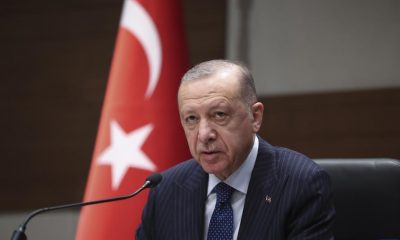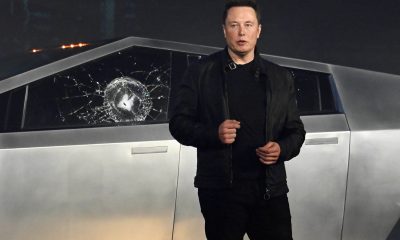LATEST FINANCIAL NEWS
How Eskom maimed SA’s entire economy
[ad_1]
It isn’t difficult to find the main culprit behind South Africa’s biggest economic contraction in a decade: Eskom.
Gross domestic product slumped an annualised 3.2% in the first quarter, after expanding 1.4% in the prior three months, as a series of power cuts – courtesy of Eskom – hammered manufacturing, mining and agricultural output. The utility provides about 95% of electricity used in the country.
“Eskom has a grip on the South African economy that is unlikely to be seen anywhere else in the world,” Kevin Lings, chief economist at Stanlib Asset Management in Johannesburg, said by phone.
“Eskom powers all tiers of the economy right down to the households, and so when it cannot supply electricity, all sectors suffer. It is unlikely to change because there is currently no well-articulated plan to cure its problems.”
Driving downward
Eskom, which is buckling under the weight of more than $30bn in debt, staged days of rolling blackouts, mostly in March, to prevent a collapse of the national grid as its fleet of poorly maintained power plants struggled to keep pace with demand. The outlook looks more promising for the second quarter: The power cuts have abated and the authorities have given assurances that there will be sufficient supply for the winter.
Even so, the economy’s shock performance, which far exceeded the 1.6% median contraction forecast of 16 economists, illustrates the urgency of the need for the government to diversify the power supply. The International Monetary Fund Monday said Eskom was a “major downside risk” to South African economic growth.
A program to purchase green energy from independent producers is in limbo. And little visible progress has been made in implementing President Cyril Ramaphosa’s plan to split Eskom into generation, distribution and transmission units. The proposal, designed to make it easier for other producers to supply the grid, is opposed by labour unions.
The bleak prospects of a speedy resolution to South Africa’s energy crisis are reflected in GDP forecasts for the rest of the year: The central bank anticipates an expansion of just 1% in 2019, the government 1.5% and Bloomberg Economics less than 1%.
That’s well below the 3% Ramaphosa was targeting before he took power in February last year, and is a huge obstacle in the way of his drive to attract $100bn in new investment and tackle a 27.6% unemployment rate.
[ad_2]
Source link









